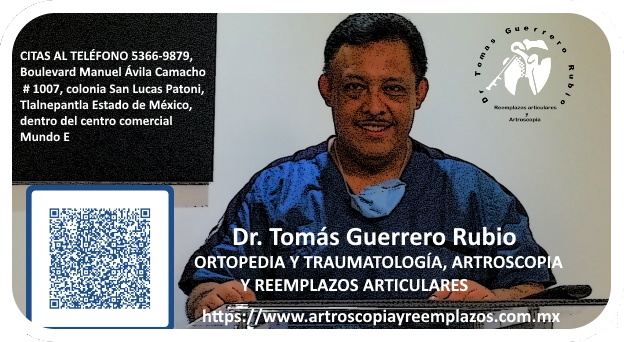

Reemplazos Articulares y Artroscopia
Fuente
Este artículo es originalmente publicado en:
De:
Todos los derechos reservados para:
Joint-preserving surgery of the hip (JPSH) has evolved considerably and now includes a number of procedures, including arthroscopy, surgical dislocation, and redirectional osteotomies of the femur and acetabulum. There are a number of different factors which lead to failure of JPSH. Consequently, it is of interest to assess the various modes of failure in order to continue to identify best practice and the indications for these procedures.
While defining the overall re-operation and complication rates, it is important to define the safety and effectiveness of JPSH. Standardisation of the modes of failure may help identify the best practice. Application of these modes to large clinical series, such as registries, will assist in further establishing how to improve the efficacy of JPSH. Cite this article: Bone Joint J 2017;99-B:303-9.
Arthroscopy; Hip; Joint preservation; Modes of failure; Periacetabular osteotomy; Surgical dislocation
©2017 The British Editorial Society of Bone & Joint Surgery.